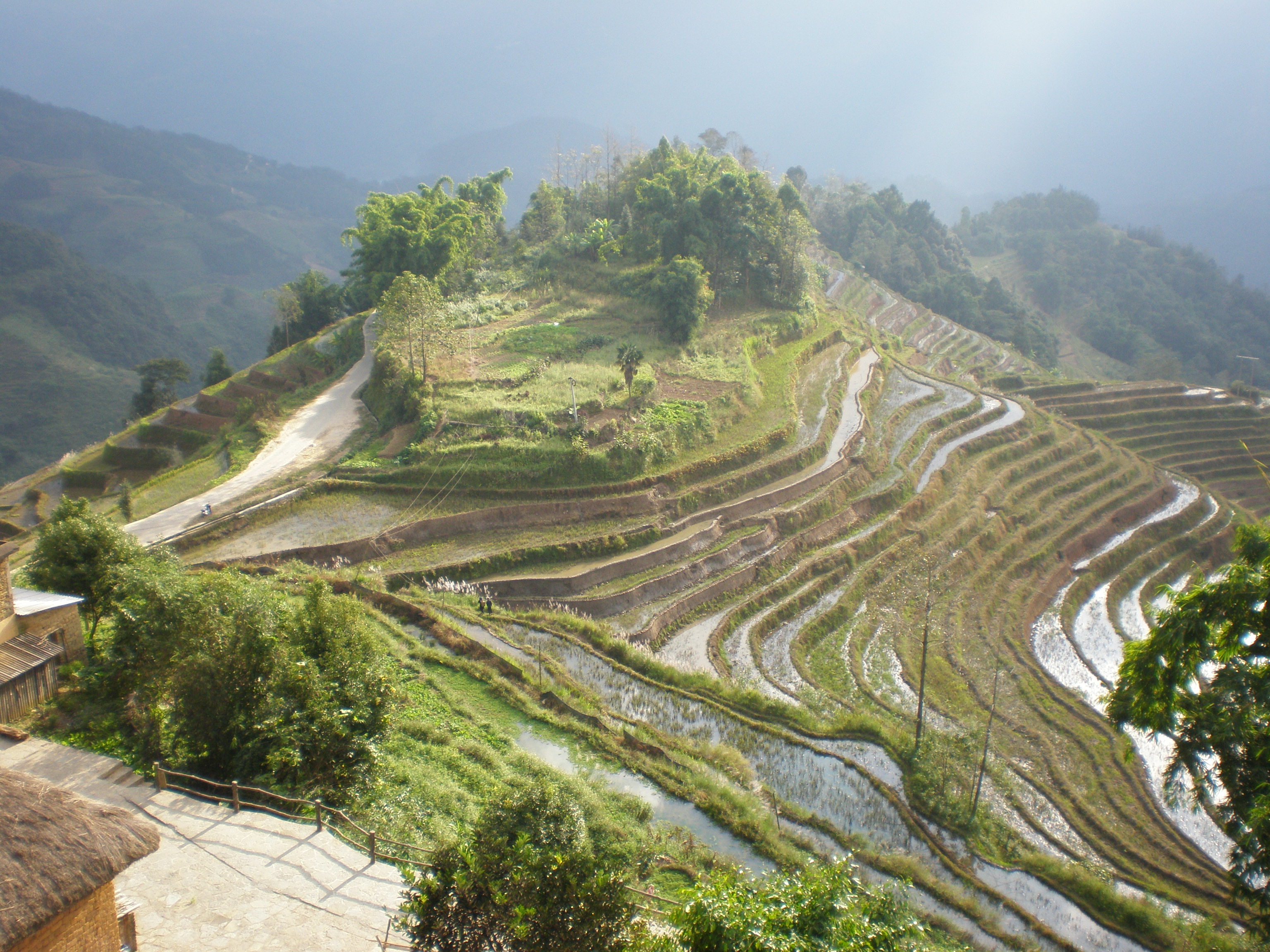ICOMOS’ Work on Connections between Culture and Nature

ICOMOS is highly engaged with this theme both internally and internationally. Read below to learn about some of ICOMOS’ culture-nature activities:
The Connecting Practice project is a joint initiative between ICOMOS and IUCN that seeks to bridge the divide between nature and culture within the World Heritage system as well as within the wider natural and cultural heritage fields. The goal is to explore, learn and create new approaches that are focused on recognizing and supporting the interconnected character of the natural and cultural values of World Heritage properties. Through field visits to properties chosen as case studies, the ICOMOS-IUCN representatives, site managers and local authorities work together to improve outcomes for the conservation of the site. Since 2013, the project has enabled ICOMOS, IUCN, the Christensen Fund and their partners to build a shared platform for experiential learning, where field-based collaboration is at the heart of the project. Ultimately, Connecting Practice enables its partners to test ideas that can influence a shift in the ways culture and nature are considered, not only in the implementation of the World Heritage Convention, but also beyond.
In September 2016, the first CultureNature Journey, also called Nature-Culture Journey, was held at the IUCN World Conservation Congress in Hawai’i, USA. The journey is an activity jointly coordinated by ICOMOS and IUCN, in cooperation with ICCROM and a range of partners from all over the world. In December 2017, a second CultureNature Journey was organised at the ICOMOS Triennial General Assembly in Delhi, India. These journeys are a platform for heritage practitioners to come together and recognize an approach to heritage that has emerged based on the understanding that relationships between people and the natural environment have worked to shape both our physical environment and belief systems. It embraces the complexity of our heritage, which includes biological resources, genes, landscapes, geological diversity, cultural expressions, places and practices, and traditional knowledge systems. Participants to these journeys have produced two statements of commitments: the Mālama Honua – to care for our island Earth (2016); and the Yatra aur Tammanah: our purposeful Journey and Tammanah: our wishful aspirations for our heritage (2017).
The Nature-Culture Community on the PANORAMA platform is coordinated jointly by ICCROM, IUCN and ICOMOS. This is a space for heritage practitioners to share and reflect their experiences, and to learn with their peers how similar challenges have been addressed around the globe. This community is made of case studies, called Solutions, which highlights the importance of integrated heritage protection and management for sustainable development, looking at inspiring approaches which include the use of local and indigenous knowledge, and the engagement of local communities. It forms a global community of practice in places valued for their cultural and natural significance, across indigenous peoples’ territories, rural and coastal landscapes, seascapes and urban landscapes.
See also:
![]() Culture & Nature | Connecting Practice - Phase III: Final Report available
Culture & Nature | Connecting Practice - Phase III: Final Report available
![]() Share Your Practices of Linking Nature and Culture for Conservation
Share Your Practices of Linking Nature and Culture for Conservation
Photo credits: Honghe Hani Rice Terraces, China © Maureen Thibault, is licensed by CC BY-NC-ND
